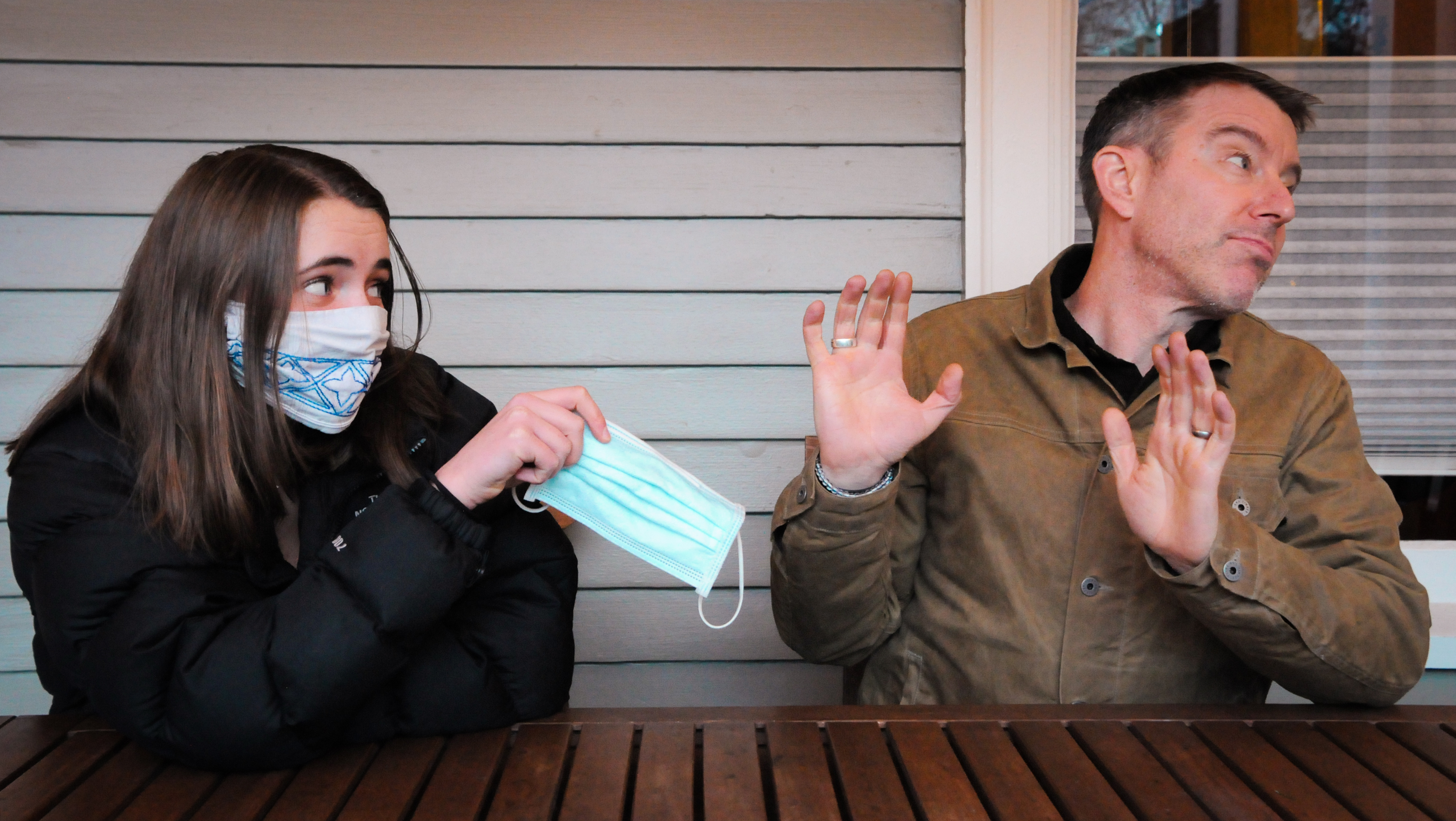
COVID has hit us all, some worse than others, but we all feel its effects. For many people, quarantine is a new situation that poses a new set of problems, a big one being the inability to see friends and family in ideal circumstances. A lot of us have seen people, ignoring the pandemic and safety protocols.
I don’t know about other people, but I feel slightly envious. I mean, it’s been half a year of quarantine now, and yet it feels like a decade. I haven’t spoken a word to some of my closest friends. I haven’t left the house in the past week. I’ve been wearing the same couple clothes for a month because going out and seeing people used to be my excuse to look presentable. So naturally, seeing other people having fun and hanging out makes me a bit jealous.
But then, I remember there’s a pandemic. If I were to go out and see ten people, maskless, and share food, I would be exposed to an incredibly infectious virus, and I would immediately feel horrible if I contracted the virus and infected any of my loved ones. A lot of us are taking quarantine very seriously. I know I am, but most of us know people who aren’t. A lot of us even have loved ones who aren’t making the smartest choices.
So far, I have only dealt with a few family members and friends who were not following quarantine restrictions. Talking to loved ones about their actions, and how their actions can be damaging to their life and the lives of people around them can be very difficult. However these conversations are absolutely necessary. Some of my family members were considering seeing one another, but were later convinced not to. Other people I know have been hosting parties and seeing one another, completely disregarding COVID rules.
So how do you handle it? How do you tell your loved one that they’re making stupid and potentially life-threatening choices? The answer seems simple: be as blunt as possible and tell them what you feel. But it isn’t always that easy. People take offense, especially if their life choices are being questioned.
Personally speaking, being blunt is an effective way to communicate your concerns. Dancing around a topic and creating uncertainty can be incredibly detrimental, especially when you’re discussing a matter of potential life or death. But it’s also important to consider their feelings. People’s states of mental health are never going to be the same as yours. People may appear to be happy, but could actually be hurting on the inside. It’s never obvious what someone is going through, and therefore you always need to assume that something could be going on.
So remember, before you come out and tell them you’re mad or disappointed, ask them how they’re doing. Remember, if you’re ‘confronting’ your loved ones, the goal shouldn’t be to make them feel bad. Talking to your loved one, and talking to a random stranger, are two completely different conversations. You don’t want to make them hate you, but you want to be convincing and serious.
Empathy is key. Tell them you’re worried about them, and you hope that they’re doing okay. Say you can relate to what they’re going through, but that what they’re doing is worse than being home every day and getting bored.
After a discussion that hopefully ends in agreement to take the pandemic more seriously, remind them that there are still ways to stay happy and feel connected. Social media is a great way to keep in touch with people. Regularly calling loved ones and asking them how they are can make them feel less alone. There are literally thousands of possibilities online. From watching shows together, virtually communicating on Zoom, or playing games, there are many great ways to stay connected.
In addition, quarantine protocols don’t actually prohibit in-person interaction. A lot of people haven’t learned about or educated themselves on how to see people in person, so it’s great to tell them about those safe opportunities. With a mask, and a quarantine-acceptable six-foot distance, it’s possible to see people in a group of five or smaller, not including people who are already in your ‘quarantine pod.’ We can and should still connect, but also make those adjustments.